
Hi, I hope this Newsletter finds you well. I’m reaching out to inform you corporate speak is an incurable, soul-blistering disease. Unfortunately, we can’t save you from those “follow-up” emails, but we CAN provide some palliative care to elevate your corporate videography.
Ya know, corporate videos don’t have to be stiff and boring – B2B people watch Netflix too. Adding cinematic quality to your videography will boost your audience’s engagement and increase conversions – big and small, macro and micro, potayto, potahto.
Let’s dive in a little deeper with the following 6 hot tips (“dive in”? Oof, I need help).
1. PLANNING
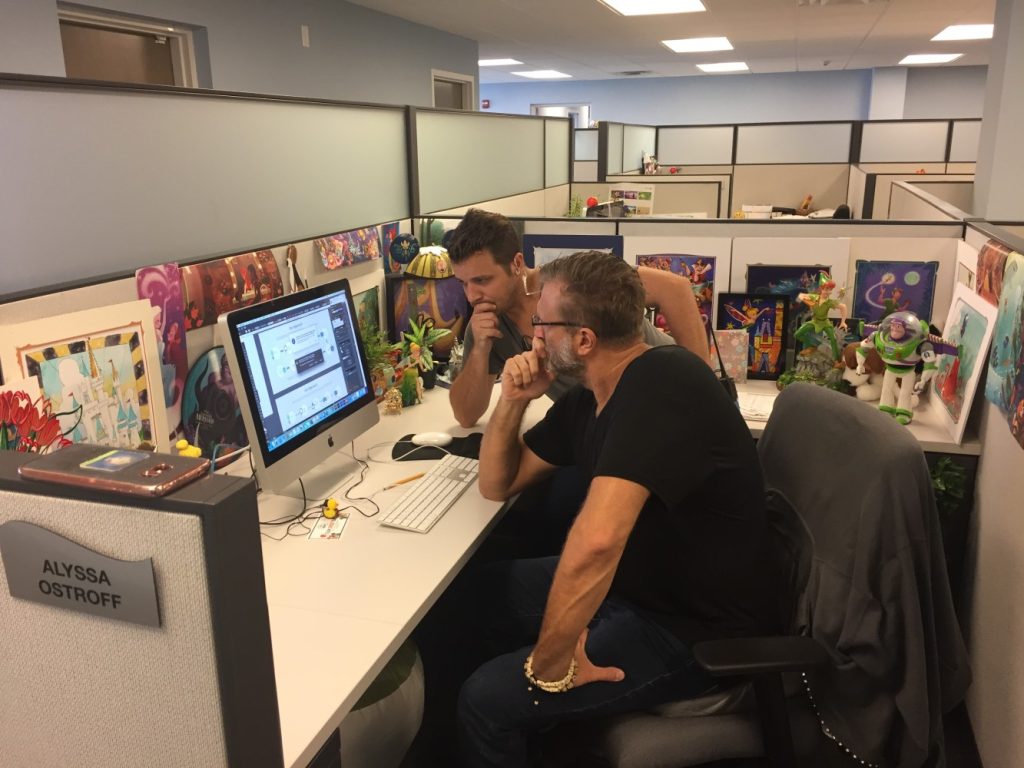
“Plans are nothing. Planning is everything.”
Eisenhower spoke the realest quote in the filmmaking world. It never is as simple as pressing “record” on a camera.
From scheduling to creating shot-lists & budget breakdowns, planning ahead allows you to organize everything you need before you roll the cameras. It also prepares you to face all mishaps and challenges during filming.
🤷 What do you need to make your video?
🤷 How much is it going to cost?
🤷 Who are you going to hire to help you?
Film productions plan e-v-e-r-y-t-h-i-n-g to eliminate uncertainty; being painfully proactive helps us stay on our toes when the unexpected happens on set. And always make sure to develop a contingency plan, in case an emergency or problem occurs (i.e. bad weather, sickness, wardrobe malfunctions).
Effective planning will help you save time and money… the two most limited & valuable resources – am I right?
PLANNING RESOURCES
🔎 How to create a filming schedule
🔎 How to make a call-sheet {{add link}}
2. SOUND & MUSIC
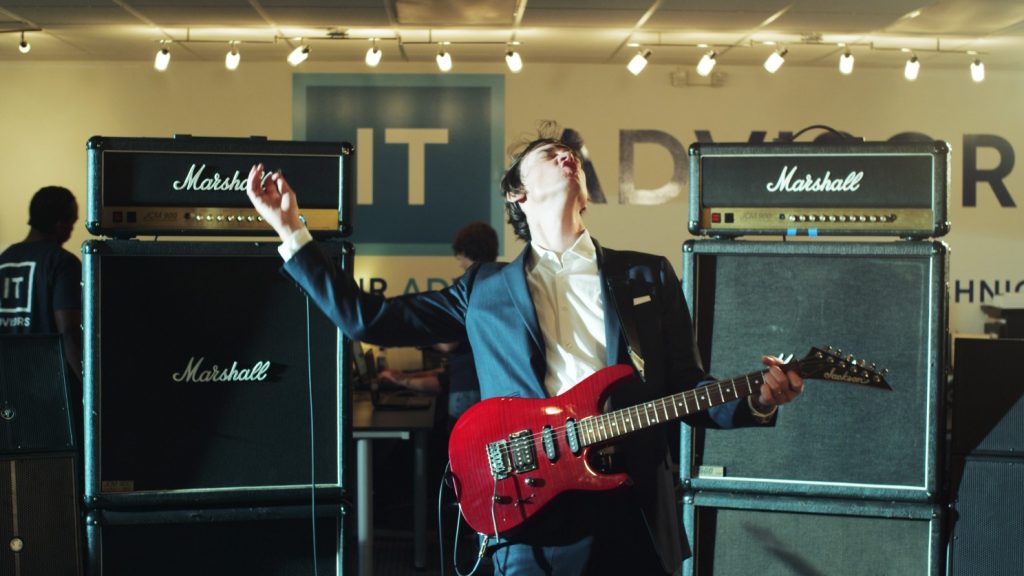
“Sound is half the picture…”
Thus said George Lucas. Or was it David Lynch? 🤔
In any case, your video is only as good as its weakest element and for a LOT of corporate videos, that is SOUND. Make sure you got it right on set and record clear sound.
It’s very, very easy to improve sound with a couple of decent microphones placed correctly and closely to your source. This will make a huge difference vs. your on-camera mic.
Top 23 Tips For Better Microphone Placement
🎵 In Post Production, add a cinematic flair to your videos with the right music and sound mixing. Choose a music track that will set the tone & energy, whether it is inspiring, upbeat, techy or slow. There are plenty of great music libraries with unlimited music tracks to choose from!
SOUND RESOURCES
3. LIGHTING
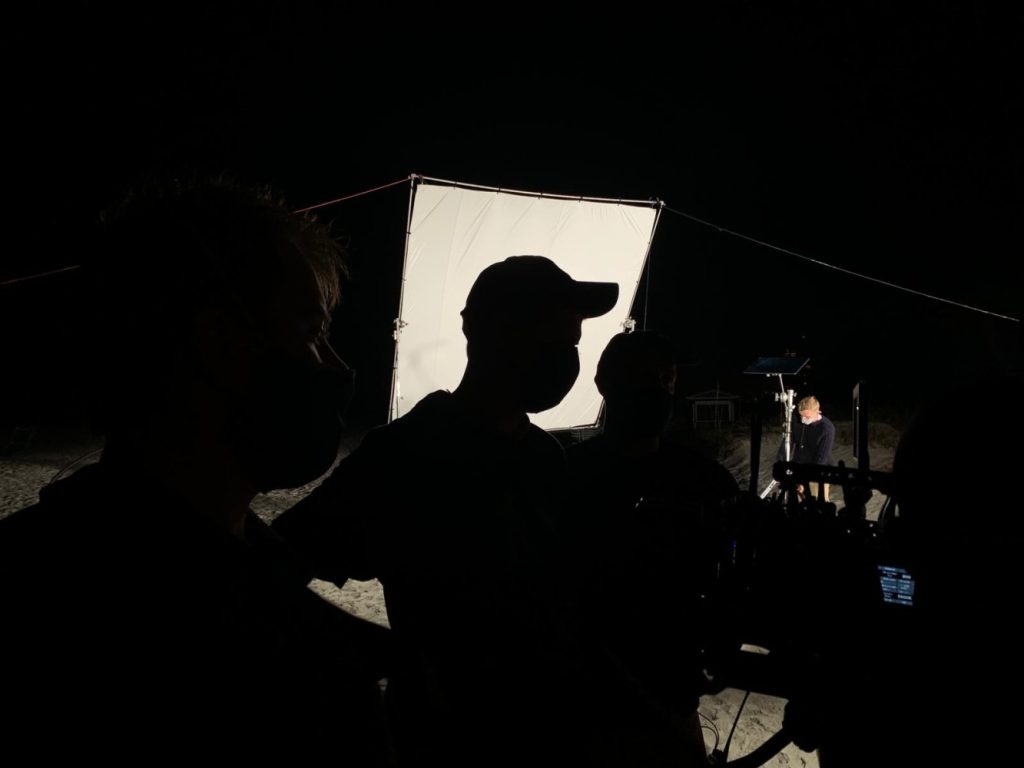
“Your path is illuminated by the light. Yet darkness lets the stars shine bright.” – J.L.W. Brook
Dynamic lighting is essential during filming and you don’t always need a DP or a Gaffer to achieve it. There are numerous different artificial lights to choose from, and several options for utilizing natural light.
💡 You can use backlights, contrast between light and shadow and background lighting to elevate your image. Take a look at some resources about basic lighting set-ups and principles that may come in handy on set.
LIGHTING RESOURCES
4. CAMERA LENSES
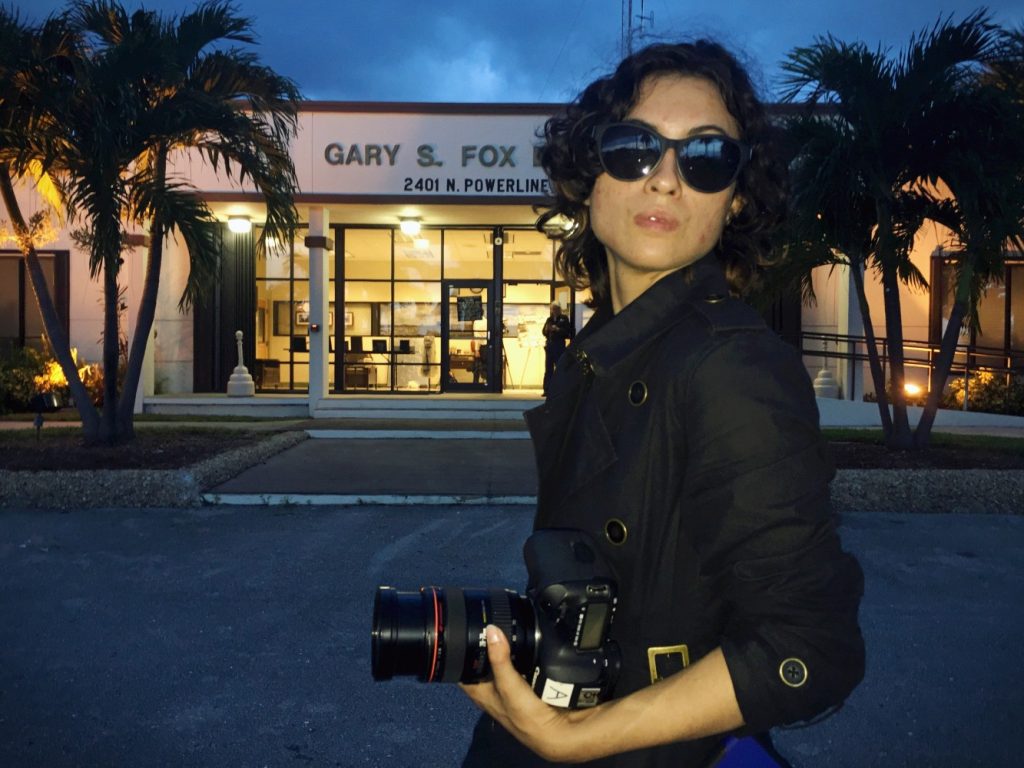
“Eyes like a shutter – Mind like a Lens” – Ann Onymous
The choice of lenses can make or break your video. Good lenses usually cost as much as the cameras (even more sometimes!). For truly pro-level videos – don’t skimp on it.
🔥 Beware! Extra hot tip coming at you → If you don’t want to invest in buying some nice glass, just rent it for your shoot. Lenses are widely available and cheap to rent! Hell, even nice photography lenses can work well, so why not reach out to your photography obsessed friends?
When you look at big-budget movies, you’ll notice the concept of shallow depth of field (DoF). Shallow DoF drives the focus on a subject’s face – if we want to show off a landscape a deep depth of focus is the way to go. In a nutshell, we use different DoFs in filming because when everything is in focus, nothing directs your eye to the most important parts.
BEGINNER’S GUIDE TO DEPTH OF FIELD IN PHOTOGRAPHY
You can experiment with different settings and find what is right for video. Try setting your lens aperture to its widest setting (i.e. under f2.4), which will then separate your subject from the background. This effect will be less pronounced on wider lenses, in which case you can use a lens 50mm (or above) for interviews.
5. COLOR GRADING
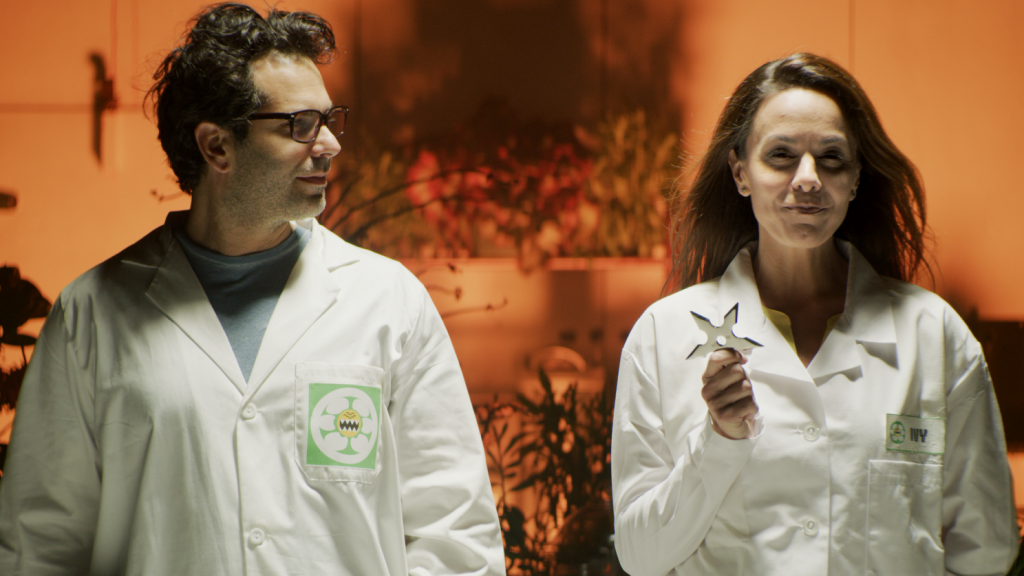
“We’ll fix it in Post.” – Should say no-one
Do it like a real Pro and use a “flat” color profile to shoot, and then grade it in post production. A key-tell of ugly corporate videography is when they either shoot it flat and leave it flat or use a color profile on the actual recording, which never looks as good as color grading.
🤫 Here’s a little secret though: Don’t always fall for the “we’ll fix it in Post” scam, because you’ll end up with a grumpy editor (NOT ideal – trust me). We recommend adding the “three color rule” to your filming process. There may be flexibility in grading raw “flat” footage, but more so in “light & dark” vs. color. It’s also important to avoid unwanted colors in your shot. Enlighten thyself with this article:
How to Use the Three Color Rule to Produce More Cinematic Films
Fear not – you don’t have to be a professional Colorist to use a tool such as DaVinci Resolve. Increase contrast, saturation, maybe add a tad of film grain, and make your video feel more cinematic and delicious. Dare I say you could add a matte with black bars at the top and bottom of the screen for that gorgeous Anamorphic look?
6. EDIT AT 23 FPS
“The notion of directing a film is the invention of critics – the whole eloquence of cinema is achieved in the editing room.” – Orson Welles
Most films are shot at 24 FPS (frames-per-second). Originally 24 FPS was the ideal FPS as a compromise between having a frame rate fast enough to create fluid motion to the eye and keeping film stock costs down.
Many years forward, 24 FPS is still preferred and is what viewers expect films/videos to be shot in. Our eyes and brains have been trained to favoritize 24 FPS because of bazillion movies we’ve watched throughout the years.
We’ve seen many corporate videos being edited at 30 or 48 FPS and it just doesn’t look polished. Do it like Hollywood and stick to 24 FPS. If it’s good enough for Spielberg…
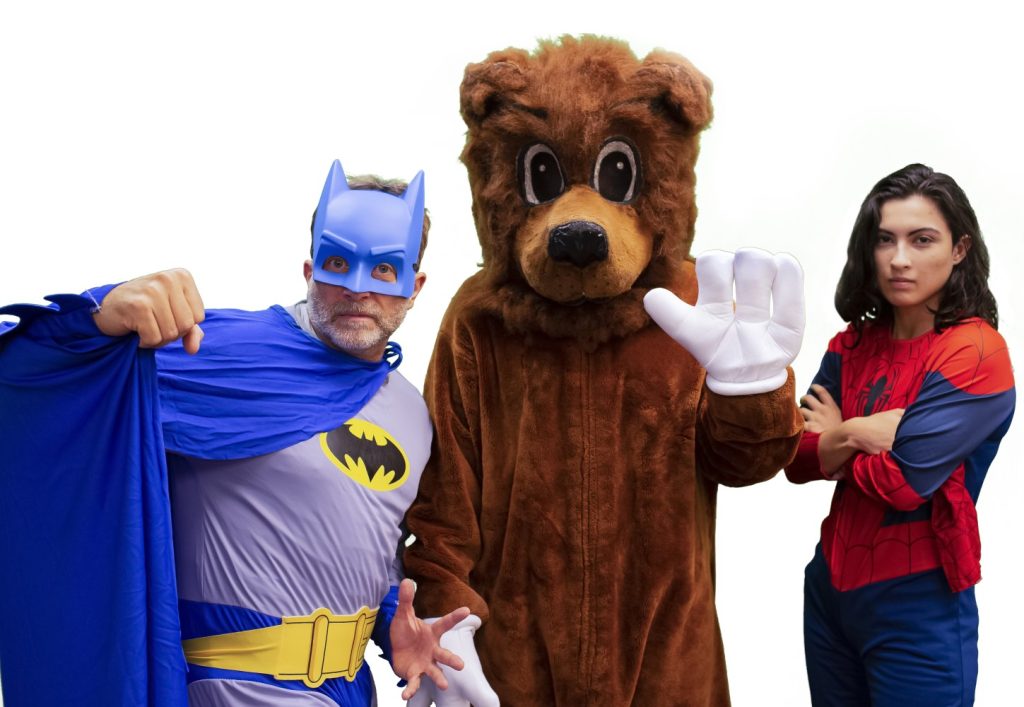
That’s all folks. As you see, from Pre-Production to Post, there’s plenty you can do for your corporate videography.
And if you’re after the real fun, get in touch with BRAVEMAN – we make movies but corporate videography is our hobby… wait, or is it the other way around?
Oh well… Get in touch 😂
Warm Regards, The BRAVEMAN Team (Argh, goddamnit)
Article published on LinkedIn by BRAVEMAN Media | 11.21.2022